Leads are oxygen to businesses. No leads, no chance for survival.
But by relentlessly pursuing online lead generation are we letting ourselves off the hook too easily? Focus only on lead quantity — disregarding lead quality — and you could easily sell yourself short.
Eventually, realization sets in: A funnel full of lookie-loos and tire-kickers has little value. It becomes incumbent on marketers to take on the challenge of using strategies that create a steady stream of marketing qualified leads (MQLs), capable of being vetted and becoming sales qualified leads (SQLs), the people identified as most likely to make a purchase.
11 Lead-Generation Strategies Every Business Should Understand
In a perfect world, MQLs convert to high-quality SQLs. But the world isn’t perfect. A website visitor who goes no further than handing over an email address or leaves a webpage without engaging (called a bounce in analytics tracking) doesn’t generally stand out as a red-hot buying prospect. In other words, leads are different than prospects.
Different tactics offer various benefits for engaging prospective customers, depending on their consideration phase. Based on how, where, and when tactics are used, the actions they elicit can be more or less valuable in determining a prospect’s readiness to purchase.
Sales and marketing teams should collaborate to create a shared language — and score — of what a sales qualified lead looks like. Consider it time well spent: Organizations using lead scoring experience a 77% increase in lead-generation ROI, according to Constant Contact.
Let’s examine ways to generate more sales-ready leads. For even more tactics, read about additional lead generation strategies.
Customer Referrals
Let happy customers market you to their network — encourage current and previous clients to speak of your services. Customer referrals are one of the least-expensive promotion strategies, even if it’s a formal partnership and plan between the customer and your company.
Referred prospects are more likely to convert to paid customers, based on the weight that prospects give to how their network speaks of the brand, and have an increased lifetime value. Use your network to bring you their network with customer referrals.
Paid Search
If your paid search strategy focuses on one- and two-word phrases, chances are you could be outbid and outranked over giants of that competitive search.
Revisit your strategy to uncover long-tail keywords: more specific phrases of three to five words. Longer phrases tend to align with how people search online and are more likely to be used when people are farther along in the buyer journey.
SEO
Search engine optimization (SEO) is a tactic to optimize a website and its content to better inform search engines and users of information on the website. This is achieved through four types of SEO: on-page, off-page, technical, and local.
A number of free or paid tools and tactics can monitor and measure SEO performance and opportunities. Stay competitive and relevant by putting effort into boosting SEO. Based on proprietary client data, Front Page Sage found SEO and thought leadership to be the number-one channel for lead generation, producing an ROI of 748% and noticeable results within four to six months of implementation.
Learn more about SEO practices every publisher or owner should know.
Social Media
Prospective customers are more likely to look at an organization or product’s social media channels early in the buying process. Because prospects are comparing different options, social profiles should clearly and easily provide information for people at the beginning of their buying journey,
Spend time learning which platforms prospective clients are likely to be on, and how they consume information about the product. Offer a low-barrier way for them to reach out to learn more, such as a form to learn more, or an action — such as a button or comment — that triggers information sent directly to them.
Paid social media strategies can put specific messages in front of people who have already engaged, or are likely to, with a product or business. Common strategies include paid posts; boosting organic posts; retargeting, through which prospects who have engaged on your site will see ads elsewhere online; and remarketing, which is the act of re-engaging a customer.
Earned Media
When companies receive unpaid mentions by others on platforms the company doesn’t own, such as website review pages or social media, this is earned media. It’s important to lead generation because the company message is being spread to a wider audience, and it can build credibility for the company or solution.
Consider this case study: University of the People wanted to let people know about its free tuition and used earned media as an opportunity to engage people by retargeting them to a landing page that captures leads interested in its class offerings.
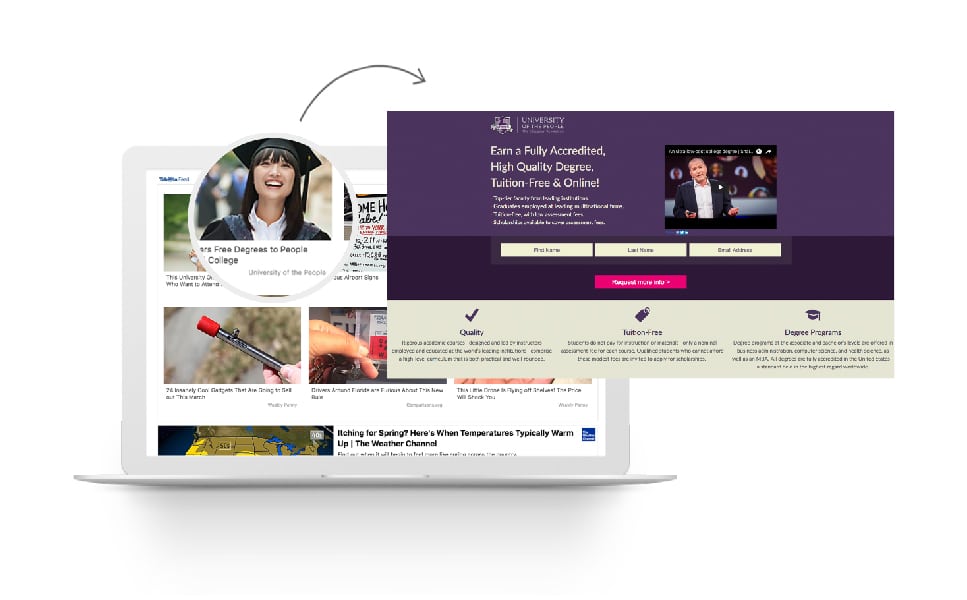
Marketing Automation
Don’t dismiss leads that fall short of SQL levels. Nurture them. Lead nurturing is the process of facilitating the buyer journey, helping leads progress from stranger to customer by prompting them toward the buying decision with helpful content.
Enter marketing automation — tools that are set up to follow rules and run activities based on user actions and information. A common example is filling out a form and being sent a series of emails in the days and weeks that follow.
Segmentation and Personalization
Rather than simply blasting emails to every lead you’ve captured, segment your audience list by where they are in their journey and the information they have provided. Create targeted lists to receive my relevant content and offers.
Personalization takes this idea a step further. Lead data enables message and content customization to produce more targeted one-to-one messaging, based on the unique needs of an individual prospect, as indicated by time, place, and additional and relevant information gathered.
Leverage Forms
Though it may sound mind-numbingly obvious, an uber-powerful factor to increase qualified leads is to, well, qualify the leads. In other words, learn more about the potential needs of each lead by gathering information in a way that is likely to boost completion. This can be done a few different ways.
Multi-Step Forms
Research indicates that fewer form fields result in more conversion. Companies that have experimented with multi-step forms, however, have enjoyed great results.
With this approach, you first gather essential contact information, then follow up immediately with a second (or even third) step requiring additional information. This example from Uber clearly indicates to the visitor that there are additional steps to take after filling out the initial form.
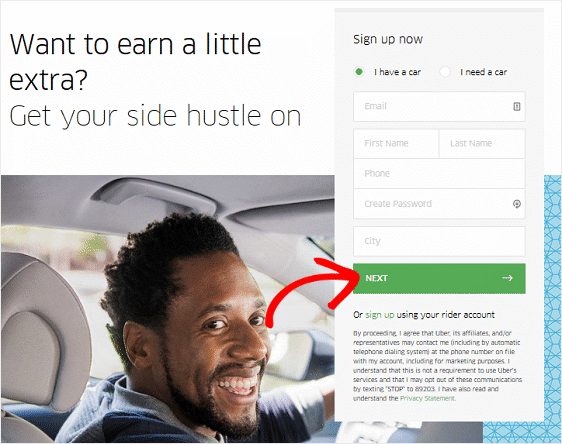
Progressive Profile Forms
Some marketing automation tools feature smart fields that recognize return visitors and skip asking for information they have already provided. Adding new fields to your forms’ return visitors experience lets you gather more lead intelligence over time. This step-by-step flow from gatedcontent.com shows how your form could progress for a returning visitor.
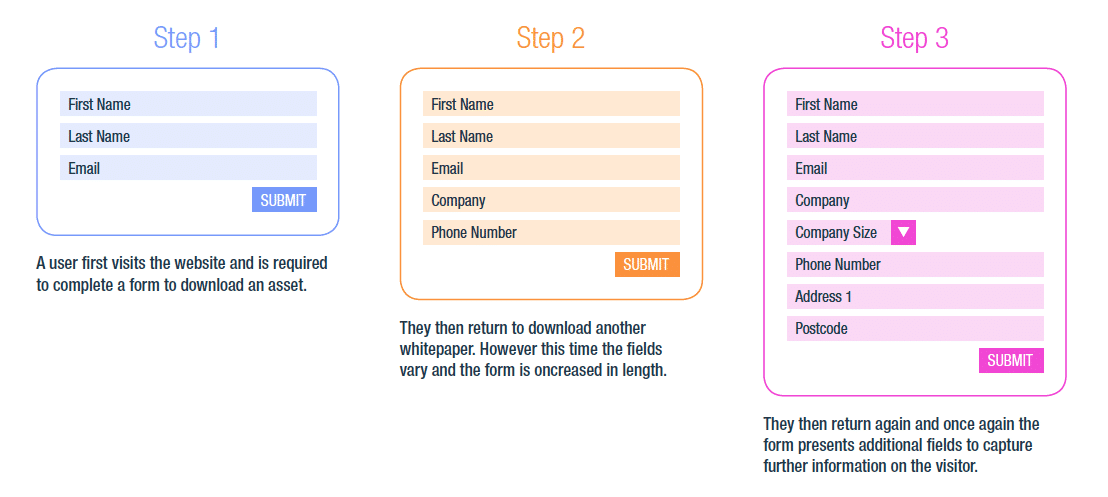
Mad Lib Forms
Here, the same questions found in a traditional form are presented as fill-in-the-blanks, in the style of Mad Libs. Check out this example from huffduffer:
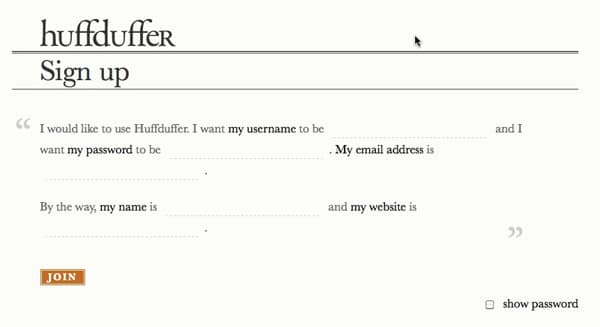
Qualifying Questions
Yes, adding questions to your forms reduces responses. But if your leads are too often low quality, this strategy makes sense. A question around budget or the decision-making timeframe can produce meaningful qualifiers for the sales team. For example, this form from Quicken Loans asks a qualifying question regarding the visitor’s credit profile:
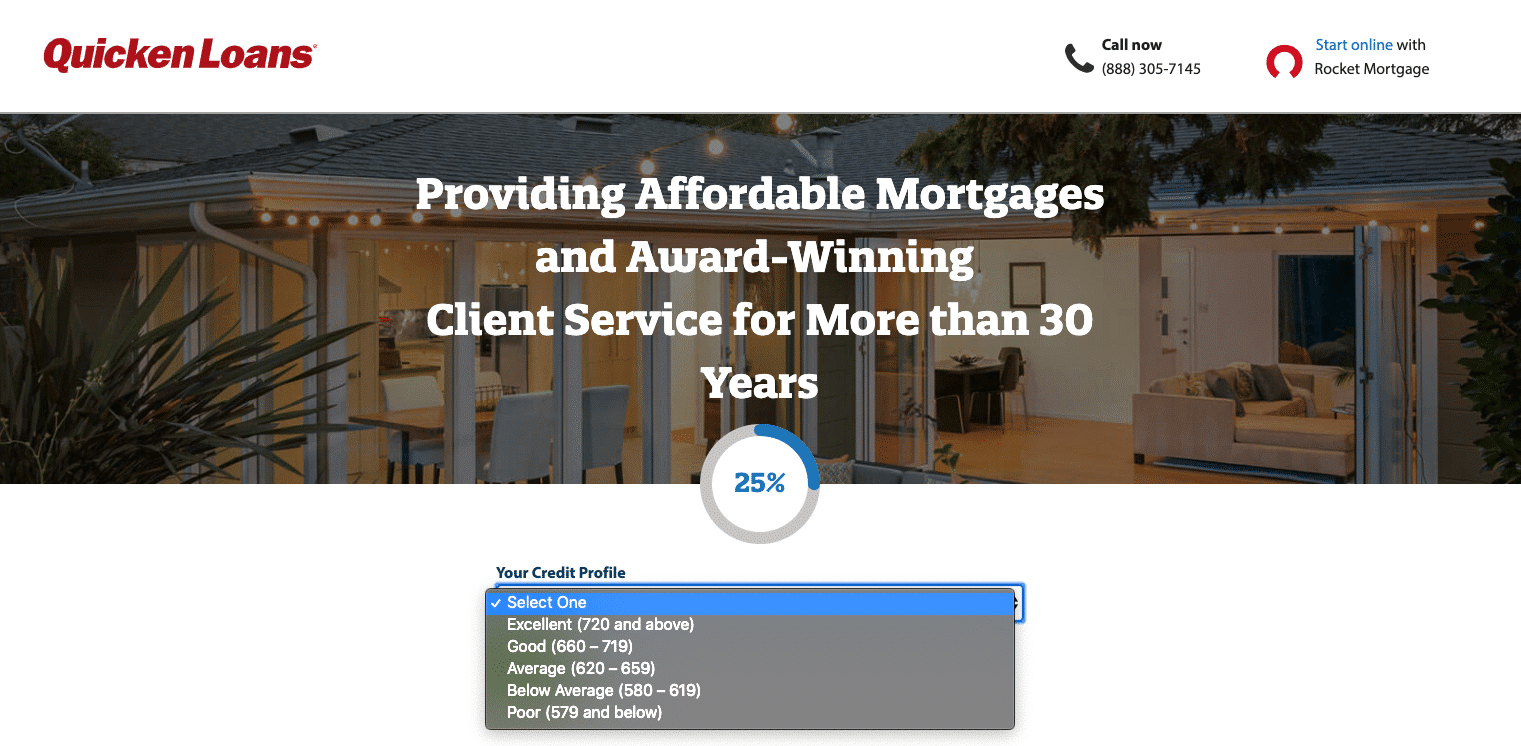
Interactive Content
Interactive content’s power to engage potential buyers makes it popular with marketers. Options include quizzes, assessments, directed buying guides, calculators, and surveys. These resources can be fun ways to engage and present information, and tools that let you gather what is on a prospective buyer’s mind.
As the user engages, they answer the questions that help you assess their needs and satisfy them accordingly.
For example, Samsung Life used an interactive insurance calculator to engage potential consumers in the middle of the funnel. It resulted in users being 21% more likely to convert than through display network channels.
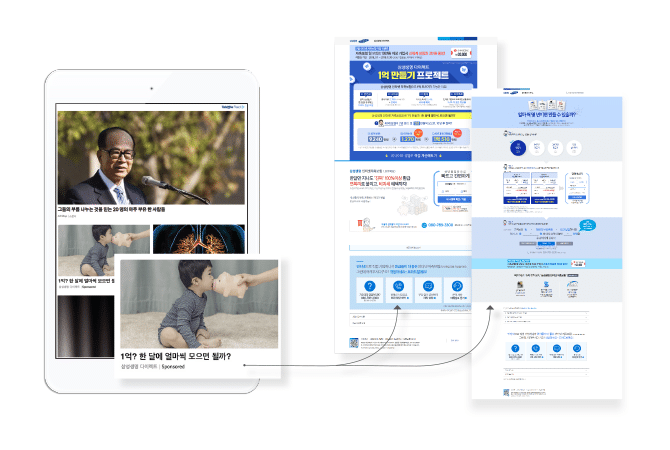
Full-Lifecycle Content
The Content Lifecycle diagram from DigitalMarketer depicts content that serves as effective lead-generation tools based on where the target audience is in the funnel — top, middle, and bottom of the funnel.
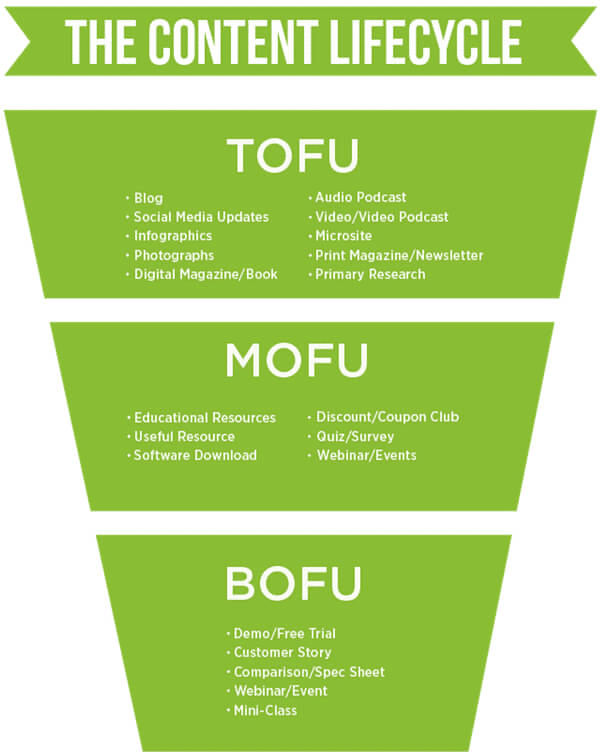
When it comes to improving lead quality, the challenge is to examine the buying cycle from top to bottom and develop a content marketing strategy that addresses the potential buyer’s questions at every possible stage, as shown above.
Optimize Based on Performance Metrics
Remember to review your marketing and sales metrics at regular intervals to determine how your campaigns are performing and identify weak spots that call for making strategic or creative changes. It’s helpful to create a dashboard reflecting the stages of the buying cycle and examining specific conversion metrics.
Use Google Analytics and additional lead-generation tools to establish specific lead goals and examine conversion paths. The more information you have regarding sources of traffic, keywords, popular pages and other elements, the more equipped you’ll be to enhance future lead-generation campaigns.
Key Takeaways
“How do I generate more leads?” is really the marketing question today. As you generate more and more leads, it’s important to focus on quality over quantity.
You can do so by:
- Defining your MQLs and SQLs.
- Building a lead-scoring model.
- Focusing on customer referrals.
- Reaching potential leads at every stage of the funnel with the right mix of paid, content, and search strategy.
- Deploying marketing automation.
- Segmenting your lead lists and personalizing your nurture campaigns.
- Getting creative with forms and interactive content.
- Optimize your funnel based on performance metrics.
Your strategy for generating leads and qualifying the good from the bad will change, depending on the vertical you’re operating in:
- B2B brands;
- Real estate;
- Financial advisors;
- Small business;
- Insurance;
- Mortgage.
Frequently Asked Questions (FAQs)
How can I generate leads quickly?
Work with a partner who has a large and deep user database. Taboola offers data based on the readership habits of over 1.5 billion people and can help you get in front of its more than 500 million daily active users. Learn how Taboola can help generate leads and sales.
Can I generate leads for free?
Yes, some of the tools and tactics outlined in this post — for example, organic (unpaid) content, SEO updates, and customer referrals — don’t entail additional cost to support a lead generation campaign. For example, Taboola Trends helps you discover audience insights.
How do I get started with lead generation?
Dive into any of the tactics listed above, or see the vast options available with Taboola to deliver results.



